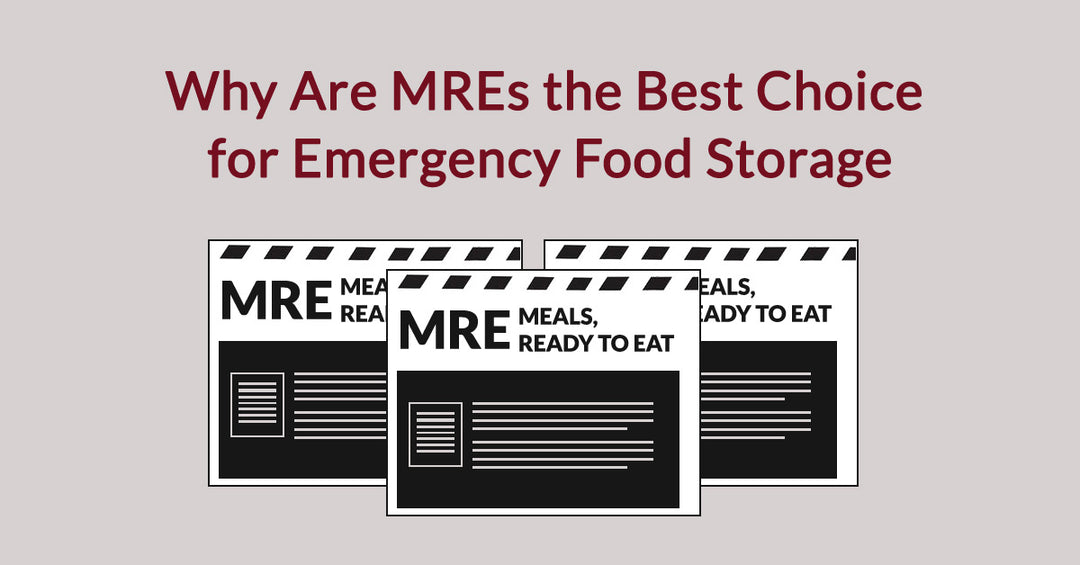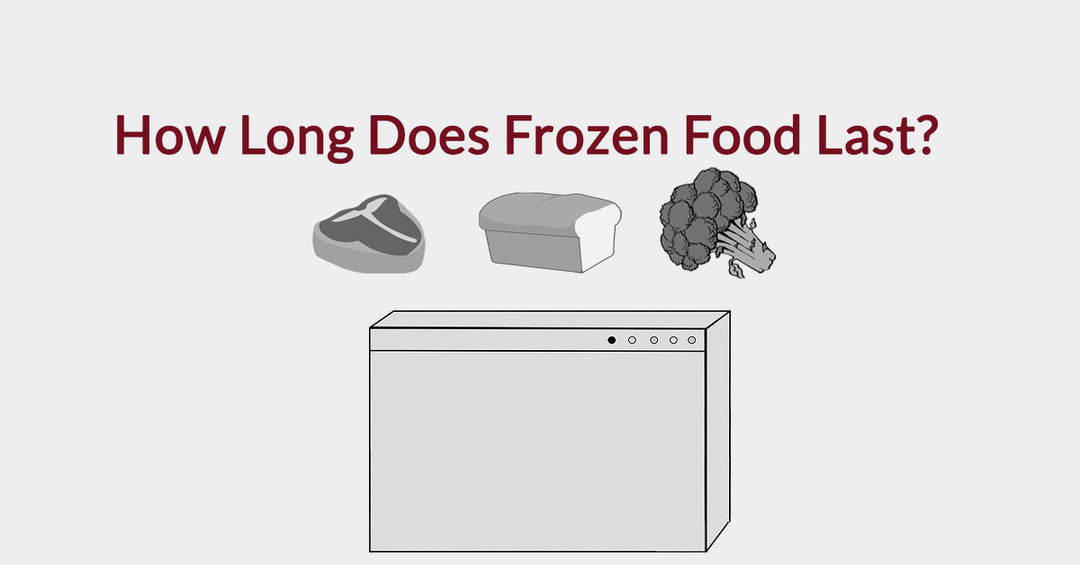How Do MREs Last So Long?

When an emergency strikes, it can be days or even weeks before the affected area has access to a fresh supply of food. The roads could be blocked, the supply lines shut down, and if the power's out, anything that requires refrigeration will expire in a matter of hours. For this reason, it's important to keep a stash of MREs on hand. "Meals Ready to Eat" (or MREs) are packaged, non-perishable food that's specially made for emergencies. These meals are made to last up to five years and can withstand just about any emergency, from hurricanes to power outages to earthquakes.
Originally developed by the military, MREs have become popular with consumers, who demanded a civilian version of the military food. For those who want to keep a stash of emergency rations in their own homes, MREs are the answer. An MRE kit typically contains a main dish, a side dish, bread with jelly or peanut butter, a dessert, drink mixes, utensils, and creamer and seasonings. Many MREs also come with heaters that allow you to heat up your food. These meal kits are an invaluable resource for survivalists and disaster preppers, as well as people who simply want to have a stash of edible food in case of an emergency.
MREs are famous for their long life span, with most MREs having a shelf-life of up to five years. They're pre-made and ready to eat immediately, and don't require any refrigeration. All they need is to be stored in a safe, dry area that's not affected by extreme temperatures. But what's the science between MREs, and how can people extend the shelf-life of their MREs as long as possible?
What Makes MREs Last So Long?
It's not unheard of for canned vegetables to be edible for months or even years, but MREs go way beyond that. They're fully prepared meals that come in varieties like spaghetti and meatballs, beef ravioli, and cheese tortellini. Meat and dairy products aren't exactly known for their long shelf-life, and yet MREs are still edible years after they've been purchased. What exactly makes this emergency food safe to eat for so many years?
One reason that MREs last so long is that their packaging. MRE kits are stored in airtight packaging, so bacteria can't creep in and contaminate the food before it's been opened. It's similar to the principle between sticking food in the freezer to preserve it: when the food is frozen, the growth of bacteria is slowed, and food is therefore edible for longer periods of time.
Some people think that MREs are jam packed full of chemicals and preservatives. While some MREs can contain preservatives it is not as common as you would think. Many MREs contain no preservatives in them, including Meal Kit Supply MREs, which are completely preservative free.
Before they're packaged, MREs are also cooked thoroughly to make sure that all the bacteria is killed off. The food is sterilized and packaged to ensure that it's 100% germ-free before it's opened. Because of these precautions, the MRE shelf-life is much longer than that of regular food, and it can sit untouched in a pantry or basement for years without spoiling.
Finally, many MREs are loaded with sodium. Salt is a natural disinfectant that kills bacteria by sucking the water out of the cells. If you've ever cured a sore throat by gargling with salt water, it's the same principle. The amount of salt in MREs keeps the food safe and edible for a much longer amount of time than regular processed foods.

How Do You Extend Your MRE Shelf-Life?
MREs might be durable, but they're not untouchable in every situation. If they're not stored in the right environment, they could be ruined long before their expiration date, giving the user an unpleasant surprise when they finally open the package. MRE owners should take care to store them correctly to extend their shelf-life as long as possible.
MREs should be stored at an average of 60 degrees Fahrenheit. Some fluctuation is acceptable, but the temperature should never get too hot or too cold. They last longer at cooler temperatures, but freezing your MREs can ruin the meals. Anyone who invests in MREs should make sure they can store the package in a dry area with a stable temperature that doesn't get boiling hot in the summer or freezing cold in the winter.
How Do You Know When to Replace Your MREs?
As durable as they are, MREs don't last forever. Most experts recommend replacing MREs after they've reached the five-year mark. The longer they're kept in storage, the more the taste and nutrition deteriorates, and some products--like cheese and peanut butter--can actually go bad, despite all the sterilization and preservatives. MREs should also be thrown out if they've been exposed to extreme temperatures that could ruin the food.
Many people eat MREs that were ten or fifteen years old. It's not impossible, but eating MREs past the five-year mark can poses a risk. Contrary to popular belief, it's not possible to tell if food is safe to eat just by the smell of appearance. There's no point in keeping around a box of emergency food that might give you food poisoning, so keep track of your MREs and know when it's time to throw out an old package.
Some manufacturers include a "Julian Date" code on the package that indicates the manufacturing date. This can be helpful in determining whether or not a meal has expired. The first digit of the code represents the last digit of the year it was packaged, while the next three digits represent the day.

When Should MREs Be Used?
MREs should mainly be used in emergencies. While they're packed full of energy and nutrients, they're not necessarily made to be eaten every day. MREs are best for emergency situations like fires, earthquakes, tornadoes, hurricanes, and other events where perishable food isn't available. Some campers and hikers also bring along MREs on their trips, as they don't require refrigeration and offer plenty of vitamins and minerals to help them stay active during the day.




